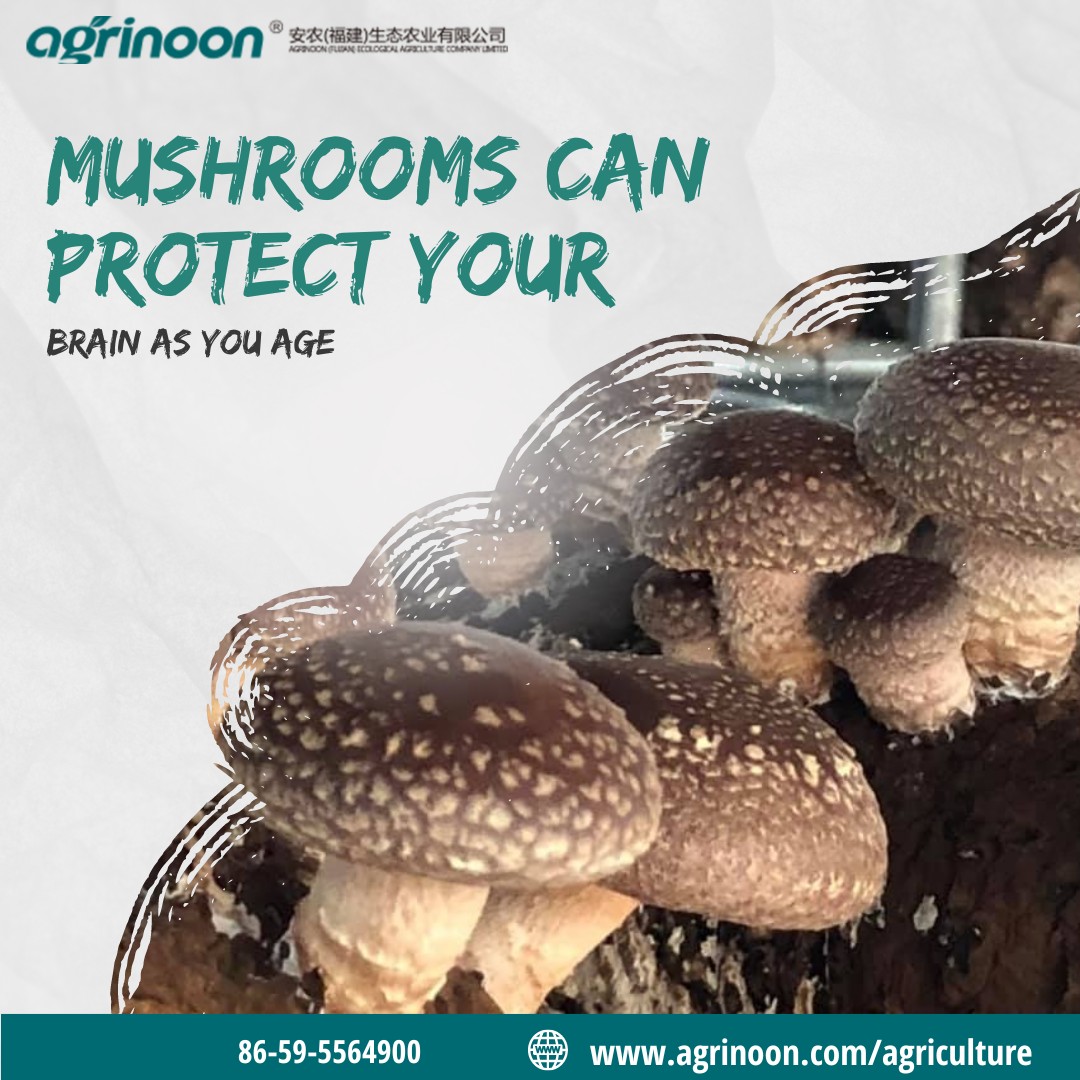The mushroom industry is rapidly growing. You will come across cultivators trying out farming in sheds and garages. The edible fungus has gained popularity as a popular food item. It acts as an immunity booster. There are a host of people who cook delicacies and create exciting recipes. Overall, there is a massive demand for these toadstools.

Involvement In Various Steps
The farming of fungi involves six steps. The divisions are arbitrary. The steps combine to make a production system. The steps are as follows: Phase I composting, Phase II composting, spawning, casing, pinning and cropping. Obtain the finest spawns from our shiitake log factory to get qualitative yield.
- Phase 1 Composting
Phase I composting involves the mixing and wetting of the ingredients. The stacking takes place in a rectangular pile. The bulk ingredients are placed inside a compost-turner. During the material movement inside the turner, water spraying takes place. Nitrogen supplements are added on top. Aerobic fermentation takes place due to the production of microorganisms. The compost develops owing to the conversion of raw ingredients by the action of microorganisms. Logs grown in eco-friendly conditions are available in our shiitake log factory.

- Phase Ii Composting
There are two main objectives to Phase II composting. Pasteurization is essential for killing insects and pests that may exist in the compost. Conditioning the compost is necessary for the removal of the ammonia that developed during Phase I composting. Phase II composting is an ecological process within a controlled setup. The procedure relies on air to maintain the compost at a temperature range optimally suitable for the growth of microorganisms.
- All About Spawning
When mushrooms become mature countless microscopic spores are produced on gills lining the underneath of a cap. The functioning of the spores bears a close resemblance to that of the seeds of normal plants. Our logs have substrates that are inoculated with spawn. Mycelium is the brownish material that helps in the colonization of the substrate. These bags are fully colonized, and then they are shipped to our customers. Harvesting of the first flush takes place within ten days after the bags reach you.

- Casing Aspect
The crucial functions of casing involve the supply of water to the mycelium for its growth, prevention of drying of compost, offering adequate support for the developing mushrooms, and avoiding structural disintegration by repeated watering.
- Mushroom Pinning
The initials are barely small at this stage. As soon as an initial develop in size, you get a pin. Pins expand and become larger during the button stage. Finally, a button evolves as a mushroom.
- Cropping Cycle
The air temperature during cropping should be in the range of 57° to 62°F. This temperature range is ideal for mushroom growth. The packaging methods at our farm are done professionally by experienced technicians.

Gather Knowledge
Through our website, you will learn about the infrastructure in which the spawns and logs are grown. Read the reviews of past clients to get in-depth knowledge.

